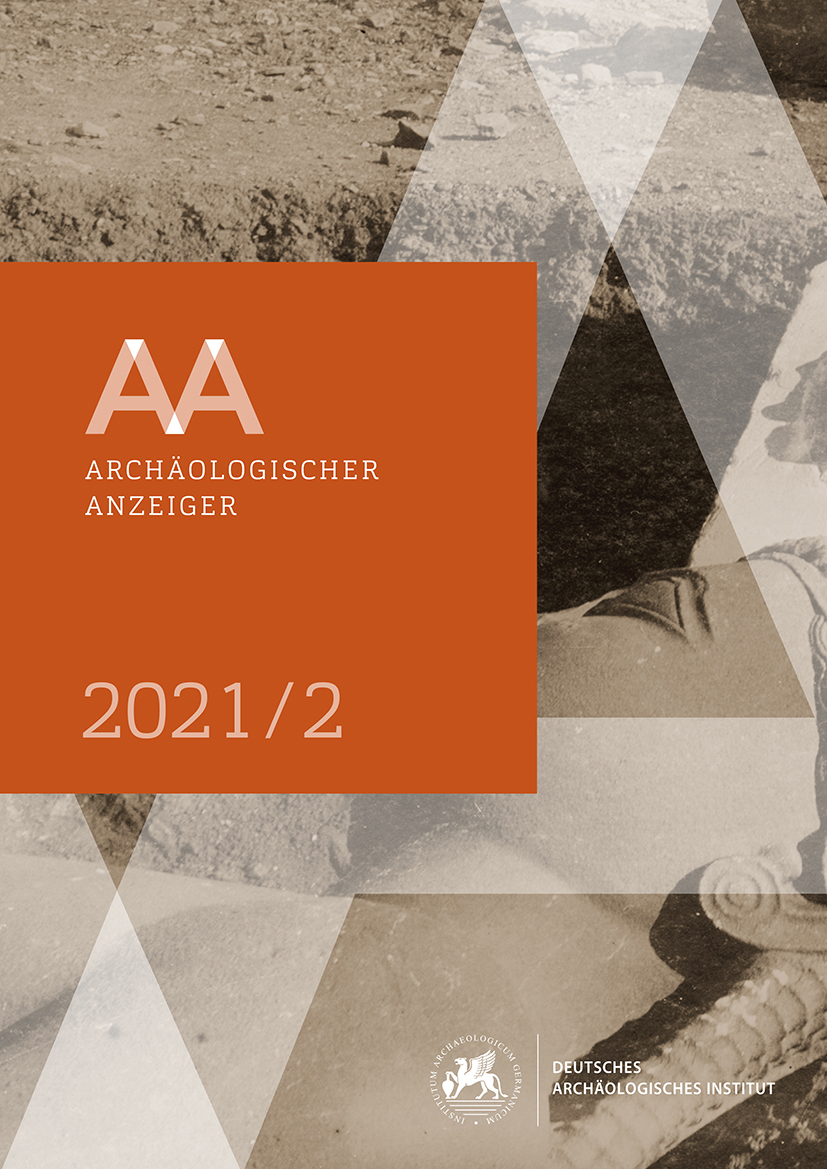Pergamon – Die Arbeiten in der Kampagne 2020
https://doi.org/10.34780/ayd6-y4fa
Abstract
Die Pergamongrabung konzentrierte sich 2020 auf Arbeiten im Rahmen des neuen Forschungsprogramms »Die Transformation der Mikroregion Pergamon zwischen Hellenismus und römischer Kaiserzeit« (TransPergMikro). Die Ausgrabung eines hellenistischen Grabbezirks am Nordhang des Stadtbergs hat zahlreiche neue Einblicke in die Funeralkultur dieser Zeit erbracht. Erstmals ist nun auch in Pergamon ein Ausschnitt einer hellenistischen Gräberstraße bekannt. Die Untersuchungen der archäologischen Bauforschung wurden im Amphitheater fortgesetzt und auf das römische Theater am Musalla Mezarlığı ausgedehnt. Der Survey im Umfeld des Asklepieions und am westlichen Rand der antiken Stadt hat vor allem neue Informationen zur Nutzung des Geländes für Bestattungen und für den Steinabbau erbracht. Der archäologische Umlandsurvey konzentrierte sich auf ein Flusstal und eine angrenzende Hochebene nordöstlich von Dikili, wo zahlreiche neue Befunde zur antiken Landnutzung und zur römischen Thermalkultur dokumentiert werden konnten. Die Entdeckung eines antiken Höhlenheiligtums der Meter-Kybele mit älteren Nutzungsschichten bis in das Epipaläolithikum verspricht grundlegende neue Erkenntnisse für die Siedlungsgeschichte der Mikroregion und darüber hinaus. Die Arbeiten der Physischen Geographie haben sowohl im ländlichen Bereich als auch im unmittelbaren Umfeld der antiken Stadt neue Einblicke in die Morphodynamik der Bakırçay-Ebene und die Rolle anthropogener Faktoren eröffnet. Der intensive Survey in Pitane (Çandarlı) wurde abgeschlossen und lässt u. a. erste chronologische und funktionale Differenzierungen in der Nutzung des Areals zur Keramikproduktion erkennen. Die Auswertung der Pollen aus einem Bohrkern aus dem Kara Göl ergänzt und erweitert die Daten zur Umweltgeschichte der Mikroregion und zeigt zugleich zukünftige Potentiale auf. Die Maßnahmen der Baudenkmalpflege konzentrierten sich auf den Abschluss der Arbeiten in der Roten Halle, auf die ›Gotenmauer‹ am Stadtberg und auf den Unteren Rundbau im Asklepieion.
Parole chiave:
Pergamon, Mikroregion, Transformation, Funeralkultur, Höhlenheiligtum, Epipaläolithikum, Bauforschung, Geographie, Paläoanthropologie, Pollenanalyse, Baudenkmalpflege, Amphitheater, Asklepieion, Rote Halle, Gotenmauer, ländliche Besiedlung, Pitane, Kara Göl





